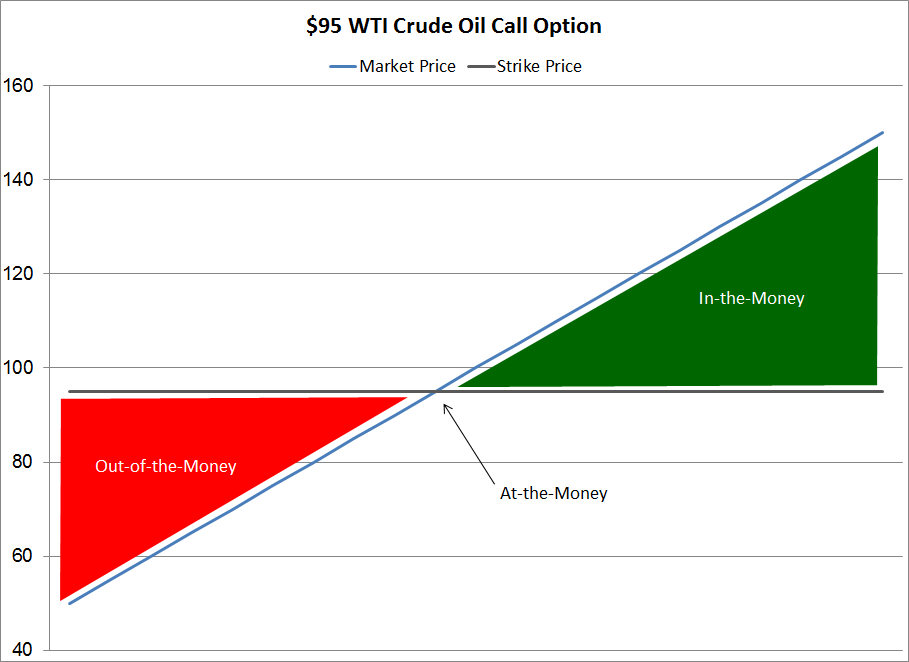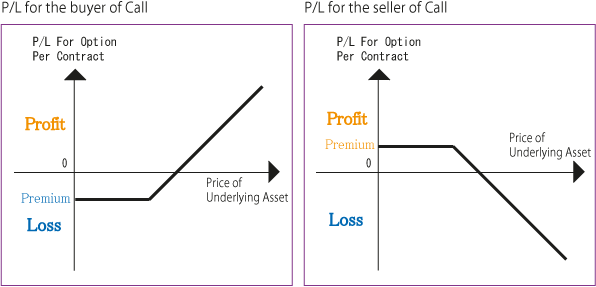Call Options
Post on: 14 Июль, 2015 No Comment

P 09/08/2013 U Posted by terry d Comments Off
Long Call Options Bullish strategy with limited risk and unlimited profit potential with the rising price per share. Here we look for quick volatile moves on the price per share for the best profitability.
A call option is a contract that gives the buyer/owner of the option the right to purchase 100 shares of a stock, commodity, securities, bonds and other instruments at a specified amount within the specified period of time. Thus, if you bought open a call option, it gives you the right to buy the asset, but you are under no obligation to purchase it should you decide to not exercise the option before the expiration date (however options expiring in the money may be exercised for you,shares delivered to call owner, short sell exercised for put owner). Suppose that the price of the underlying asset increases and becomes greater than the strike price, then you can profit by calling in your rights. The strike price is the price of the underlying asset as indicated in the option. For example, if you have the call option for a particular stock and the price of the stock suddenly increases and becomes greater than the strike price, this gives you the opportunity to buy the stock at a significantly lower price (almost like a coupon). The seller will have to sell the stock to you even if the market price of the stock is higher. You can then make money by purchasing the stock at lower price and then selling it at its higher market price.
Investors purchase call options in the hope that the price of the underlying asset will increase quickly and will be greater than the strike price in the option. Should this happen, the buyer then can buy and then sell the asset and make money from the transaction. On the other hand, if the price of the stock does not increase, the buyer may choose not to buy the asset. If the price of the asset remains lower than the strike price, the buyer will simply let the option to expire. On the other hand, sellers sell call options to profit from the premium. That will be the extent of their profit from the deal. Even if the price of the stock surpasses the strike price, this will not affect his earnings.
Buying call options is significantly cheaper than buying stocks and other instruments. This is because the transaction in the call options is only for the buying and selling of the option. It does not involve the actual buying or selling of the physical property or the financial asset. In other words, when buying a call option for stock, you are not buying the actual stock or share. You are only buying the option to purchase the stock should you decide to do so. This is one of the reasons why many invest in options instead of the actual stocks or commodities.
The principle behind call options is very simple, For example, if you have found a car that you intend to buy but has no money to pay for it yet but will have the money in two months, you can enter into an agreement with the seller. You can ask him to hold the car for you for two months and you will pay for it at an agreed price. In turn, you will pay him a $3000 for the option to buy. In that two month period, you can then purchase the car if you choose to and at the price stated in your agreement. Now, if you have suddenly found another car that you think is better, you can then simply let the option expire since you are under no obligation to purchase the car. However, you have then lost the $3000 you have spent on your option to buy.

The same principle applies to call options. Investors make money from call options by buying the asset when the price increases and becomes greater than the strike price. If the price of the asset remains the same or remains lower than the strike price, options traders have ways to exit the option without losing money. They can offset the options through different offsetting strategies. These are the various ways to minimize the risk. If you are interested in options trading, one of the most important things to learn is how to exit options position.
In short, a call option or “call” is therefore a contract between the buyer and the seller of the option. The buyer has the right to purchase the asset from the seller at strike price and before the expiration date. The seller is obligated to sell the asset to the buyer should the buyer decides to exercise his option. The opposite of the call option is the put option. Put option is a contract between the buyer and seller of option, but in this case, the buyer of the put has the right to resell the asset at a specified strike price by the specified future date. The seller of the put then has the obligation to repurchase the asset at the specified strike price should the buyer decides to resell or exercise his put option.
Next Strategy: Covered Call














